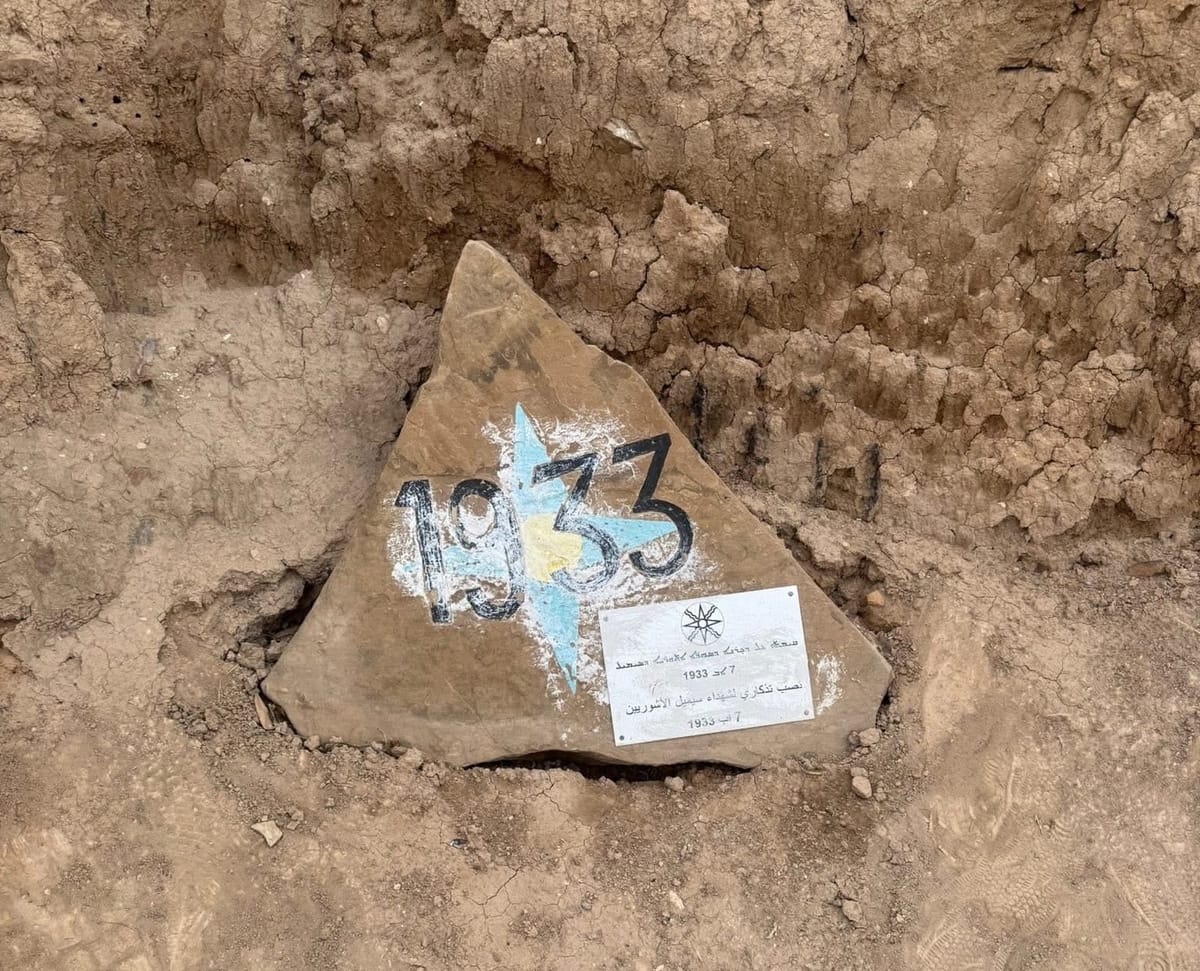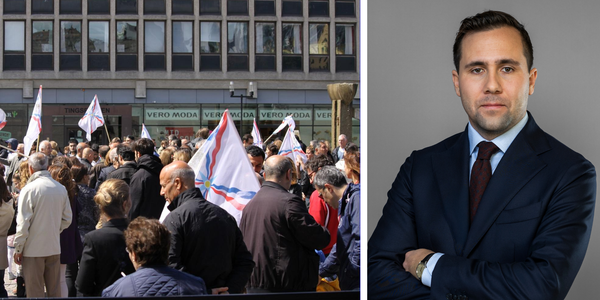Assyrians mark 92 years since pivotal massacre
The Simele massacre in 1933, just months after the declared independence of the new state of Iraq, has become a strong symbol of the Assyrian quest for rights and freedom in the land of historical Assyria.

The massacre took place from August 7 to 11, 1933, with its epicenter in the town of Simele and over sixty surrounding villages in Nohadra (Duhok) and Mosul provinces, following political tensions between the Hashemite monarchy and Assyrian leaders who were calling for international guarantees to protect their ethnic rights to govern themselves.
Led by Kurdish general Bakr Sidqi, the royal Iraqi army launched a military campaign that resulted in the killing of more than 600 civilians in Simele alone. The Iraqi Army systematically targeted the indigenous Assyrian population in northern Iraq, massacring the inhabitants of more than one hundred Assyrian villages across modern-day Nohadra and Mosul. As many as 6,000 innocent Assyrians were killed, and tens of thousands more were externally-displaced. Eyewitness reports from the time described mass executions, the burning of homes, rape, and widespread violence.
Each year, Iraqi and Kurdish leaders pay lip service to to the memory of the victims while the survivors are increasingly and intentionally being disposessed through land theft and a myriad of subtle policies intended to drive the remaining Assyrians from their land.
Despite conclusive evidence documenting this crime, the Iraqi Government has never recognized this state-sanctioned massacre.
Assyrians worldwide recognize the anniversary of the Simele Massacre annually as Assyrian Martyrs Day on August 7.




